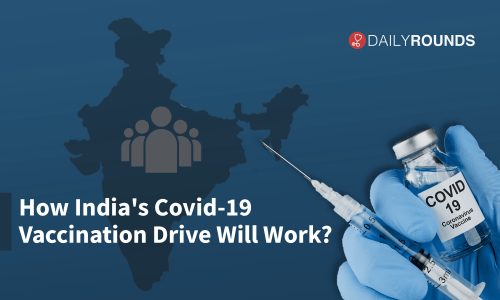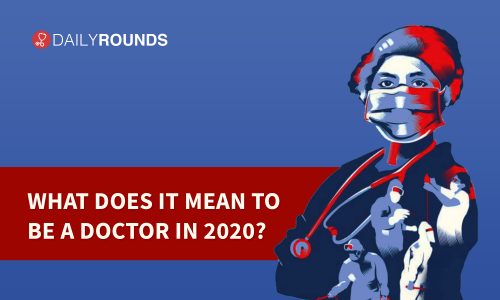
2020 was not easy, by any means. ‘Crisis’ was written all over it and those at the forefront were carrying most of the burden. Doctors, nurses, medical technicians, and other workers have been deemed “frontline heroes” for quickly adapting, working tirelessly and risking their own lives as the novel coronavirus spread in waves and continues to overwhelm the system and workforce. Undoubtedly, frontline healthcare workers have borne the brunt of the pandemic in multiple ways.

As Covid-19 vaccines start being rolled out in several countries, a new strain of the coronavirus discovered in Britain has yet again added fuel to the flames. The strain, which is said to be up to 70 per cent more transmissible than the original, has already forced several countries to shut their borders or ban travel with the UK and has sowed fears of further health crisis and economic disruptions.
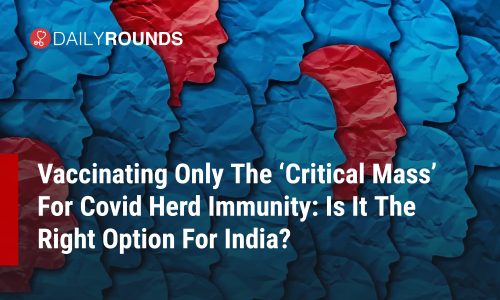
Clearly, the government has shifted its focus from vaccinating the entire population to achieving ‘herd immunity’ as it aims, in the first instance, to vaccinate 250-300 million ‘priority’ populace in six months after a vaccine is available. If the earlier presumption was that all would be given the shots, what does this mean? Is it possible? And, what are the challenges? Let’s look into it in detail.
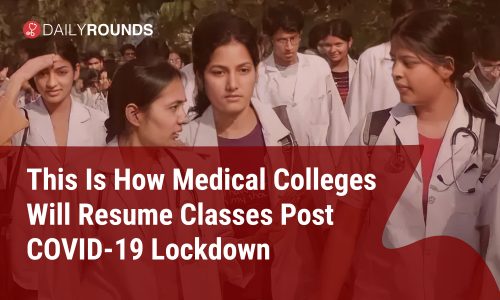
Yes, the wait is finally over! The doors of medical colleges across the country have started to open and medicos are all set to get back to their learning paths. But as we know, it’s unprecedented times and we definitely don’t have access to the ‘normal’. There’s going to be a whole lot of changes in the way medical colleges would function, all thanks to the ‘new normal’. Let’s look at how the medical colleges would resume the physical academic sessions after a very long break.
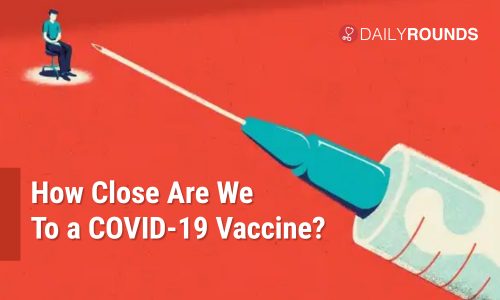
After months of fretting over whether a COVID-19 vaccine would even be possible, we now have almost five promising vaccine candidates. Moreover, the nation has initiated action plans to take the vaccine from warehouses to the upper shoulders of millions of people in the country whenever it becomes available. Yes! there’s still a long way to go, but how far are we from a vaccine for the novel coronavirus now? Let’s look into it

In a move that has raised the eyebrows of the medical community, the government has brought out a notification that will allow Ayurveda doctors to be trained and legally allowed to perform a variety of general surgical, ENT, ophthalmology, ortho, and dental procedures. The move, supposed to have widespread implications on the future of the healthcare system in the country, has drawn criticism and discussions from different corners. Let’s look into it in detail.
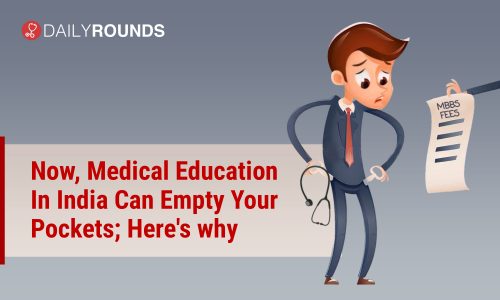
The Haryana government’s decision to hike the MBBS course fee in its medical colleges by nearly 66 per cent has met with sharp criticism from the medical fraternity, which said the move is “aimed at benefiting private players” and making medical education “unaffordable” for aspirants from lower-middle and middle classes. The critics also lashed out at the decision to increase the fee at a time when doctors are at the frontline fighting the Covid-19 pandemic, calling the move “shameful”.
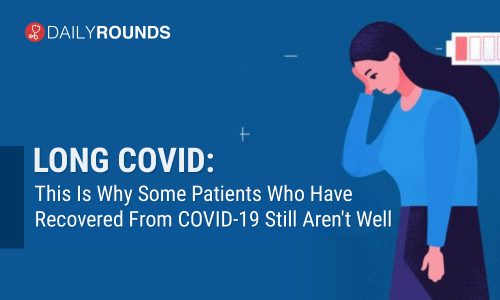
As the number of patients, who are left experiencing symptoms months after being infected is on an exponential rise, scientists and doctors, across the globe are now beginning to urge the global community to focus on something called long COVID and even the World Health Organization is beginning to take note and initiate public health action against it. So, what is long COVID and why do you need to know about it urgently?
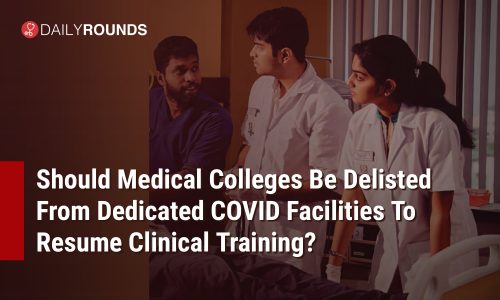
The medical students of the current batch are yet to get a real taste of this core learning procedure, all thanks to the COVID-19 pandemic. With the unprecedented pandemic hitting the country, all the medical colleges across the nation, which are considered as the powerhouse of India’s healthcare setup, have been converted into dedicated COVID facilities. This transformation has certainly brought in a shadow of uncertainty over the clinical exposure of current medical students.
